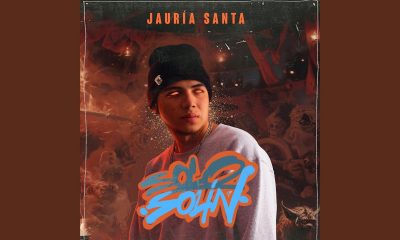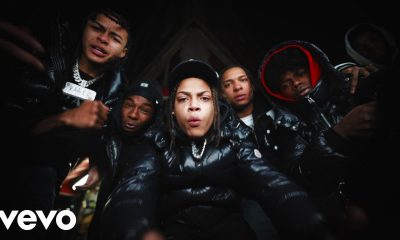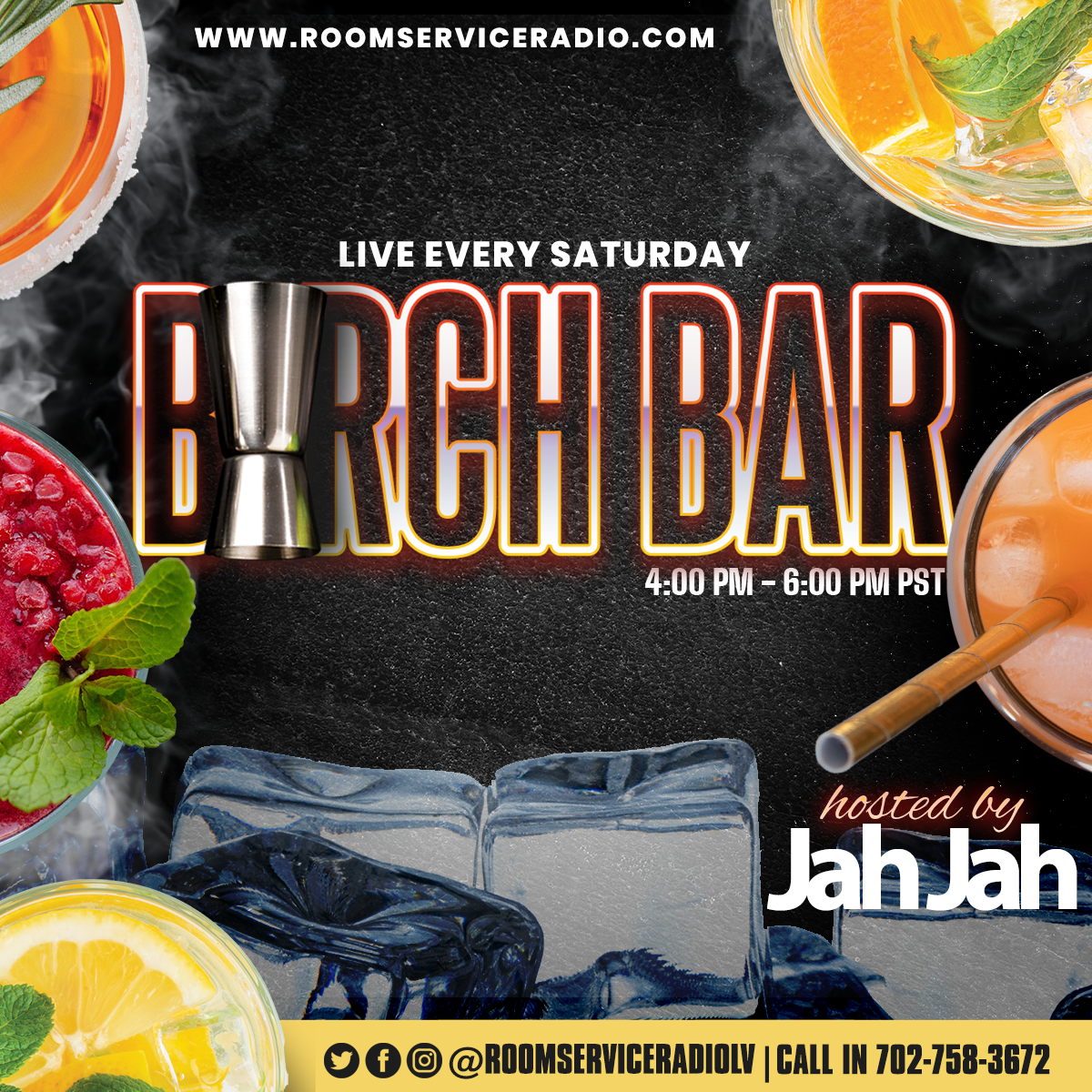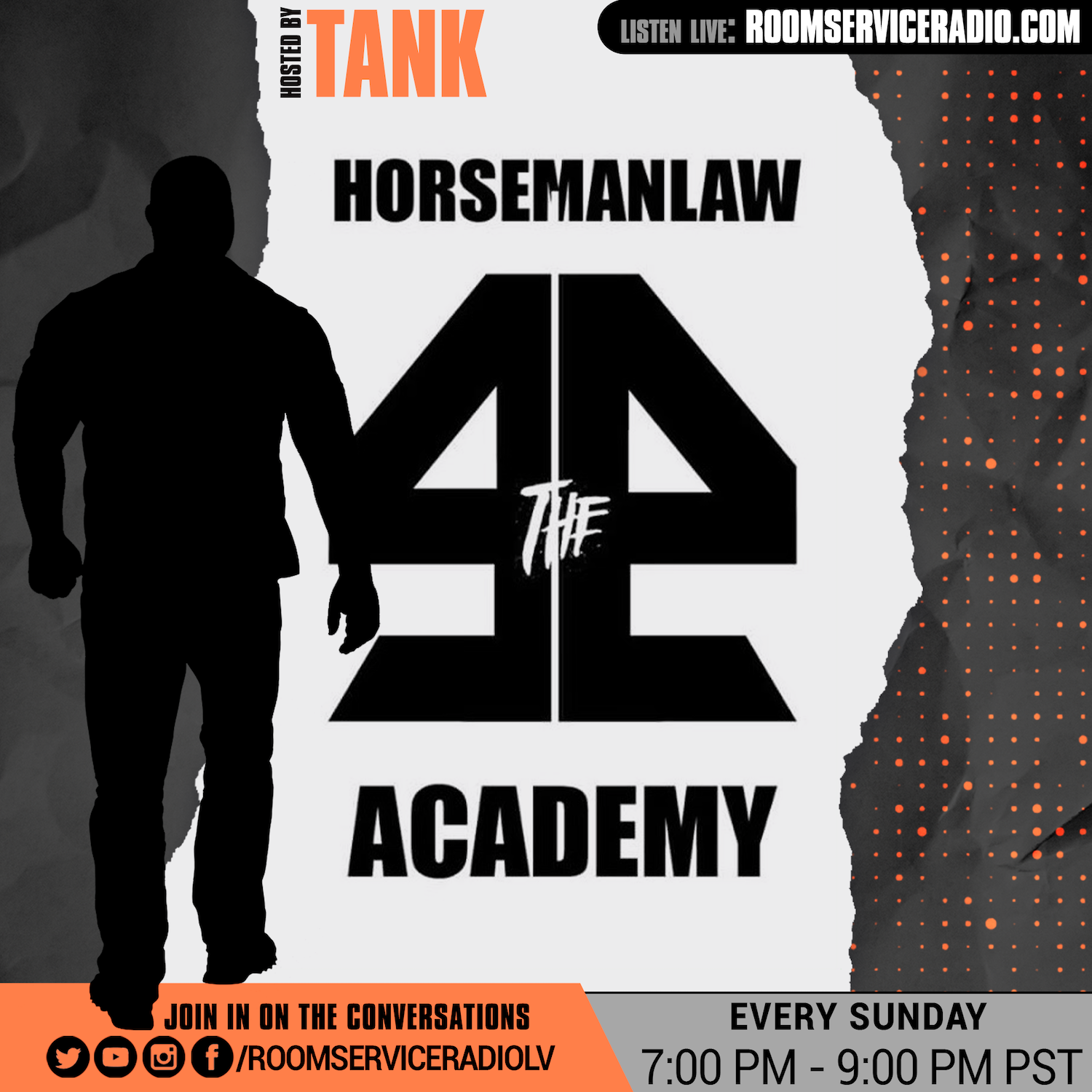
The Source Black History Month Digital Cover: Hip-Hop is Black History
Every year, February is marked as Black History Month as the nation remembers the efforts of our icons and legends that pushed forward the efforts of equality for Black people, created and led innovations that pushed forward American culture, and constructed lanes for future generations to strive in. Each of those sectors of Black achievement is scored by the music of our people, echoing the movements, culture, and trends of the time.
Black artists and musicians have influenced all facets of American culture. That’s the statement. That is a fact. Examine every cultural movement and dominant genre throughout history. There is a Black man or woman who serves in the space of a pioneer or delivers a piece or body of work that becomes instrumental to the time. Our music echoes slavery, reminding us of our heritage as we bellowed songs in crop fields to pass the time. Those songs would eventually serve as anthems of hope, chimes of spirituality, and methods to share our moments.
The Black music experience expands from the boastful range of vocal and creative genius inside of Beyoncé to the gospel greats like Albertina Walker and Shirley Caesar. The Motown majestic music of Stevie Wonder and Diana Ross & the Supremes and the genre-spanning genius inside Prince encapsulates us. We are the brilliant bars of 50 years of Hip-Hop born out of the Bronx house party hosted by DJ Kool Herc at 1520 Sedgwick Avenue, eventually giving us the generational ranging from Big Daddy Kane to JAY-Z to Kendrick Lamar.

Black music is an evolution of our oppression. As we often do with the trials we are dealt with, Black people made something out of nothing. In the post-slavery era, Blues served as an arena to display emotions related to the circumstance. Talented voices and instrumentalists, many of which are iconic guitarists, created the first bridge for what would be an expansion of sound, the gateway to R&B, which also was a gateway to America as Black citizens who were long citizens of the south became migrants to other areas of the United States. Throughout that migration, the music would begin to expand in its representation. That representation carried through The Civil Rights Movement, where during the 1960s, Sam Cooke genuinely understood the time, Sam Cooke’s “A Change is Gonna Come” resonates in the hearts and souls of Black culture as strongly in 2023 as it did when it was first performed in a February 1964 episode of “The Tonight Show Starring Johnny Carson.” James Brown’s “Say It Loud – I’m Black and I’m Proud” dropped in 1968 and became one of the most empowering anthems of all time. His command of “Say it loud, I’m Black and I’m Proud” resonates in the spirits of Black people today, as the Godfather of Soul’s memory lives on through musical lore, and is a fabric of the initial start of Hip-Hop.
The continued evolution of music led to the streets of New York City, where a sound was being crafted to define the next 50 years of music. Black Americans throughout the borough would all begin to explore the craft created at the rec room of the aforementioned Sedwick address on August 11, 1973.
Hip-hop history can be said to have its roots in the events on this day in 1973. At 1520 Sedgwick Avenue in New York City, what was supposed to be a summer party turned into the birthplace of hip-hop, one of the most significant musical phenomena of the 20th century. In the Bronx, the school was about to start, and Kool Herc’s sister, Cindy Campbell, was determined to be the flyest student on the first day. She feared being seen wearing a classmate from down the block’s blouse because she knew that all the other females in the neighborhood would likely be shopping at nearby shops. Without a job or wealthy parents who would allow her to make frivolous charges on their credit, Cindy was left to figure out how to sate her upscale tastes. She had the wonderful idea to have a back-to-school celebration in the community room of her Bronx apartment complex. The date was established after she hired her 16-year-old brother Clive, also known as DJ Kool Herc, to play the music. Cindy was looking to the Lower East Side boutiques to help her achieve her goal of having a distinctive outfit. Flyers for “A Kool Herc Party” with a $.25 cover for the ladies and a whopping $.50 for any fellas looking to have a good time were distributed all over the city on hand-drawn index cards. 300 people showed up on the night of the event to celebrate with Cindy and Kool Herc.
DJ Kool Herc wasn’t a well-known figure in the New York DJ scene prior to this evening. The city’s festivities in 1973 were still dominated by soul train lines and disco balls because B-Boys and breakbeats hadn’t yet made an appearance. Herc kept the crowd moving and the energy high by playing funk and soul tunes from The Jimmy Caster Bunch to live James Brown. The inaugural Kool Herc Party served as the catalyst for the hip-hop domino effect that followed.
It is well known that everything started in the recreation room of his building at 1520 Sedgwick Avenue. Still, The Black Door was another legendary location that played a crucial role in fostering Hip-Hop culture and NYC nightlife. The rap-focused hotspot, located at 1375 Prospect Avenue, became the designated gathering place for anyone interested in the thriving Bronx lifestyle. According to a report on the impact of Morissana by the NYC Department of Cultural Affairs, the venue is now recognized as an official “Neighborhood Asset” even though the days when Black Door parties had the entire BX standing in line around the corner until almost sunrise to get in are long gone.
Take a look below for a quick profile on The Black Door, via NYC.gov:
In the mid-1970s, after DJ Kool Herc had begun spinning records in the Sedgwick Avenue Rec Room, Grandmaster Flash and The Furious Five began gigging at a small, new underground venue called “The Black Door.” It was a safe haven, near the schoolyards and abandoned buildings where Flash and his crew had won fans. “Lines used to stretch around the block” and “…we’d be opening the doors at 4 in the morning getting cursed out. ‘Flash, I’ve been standing out here forever tryin’ to get in!’”
The origin story of the genre alone highlights a reality too often evident in Black history, the desire to make something out of nothing.
The genre continues to evolve and grow. Initially, a fixture of house parties, rap pioneers like Grandmaster Flash, Kurtis Blow, and Sugarhill Gang took the reigns, offering words that reverberate throughout our ears to this day. Continuing Black music’s tradition of highlighting the times as Hip-Hop carried in the 1980s, rap music highlighted the scenes of rappers’ respective cities.
Within the 80s, 1988 to be exact, The Source Magazine was founded. Now in our 35th year, The Source has been a cultural hub of news, information, breaking news, artists, and in-depth content highlighting the energy figures and leading Black culture. Throughout its history, The Source became the No. 1 selling music magazine in America in 1999, released numerous albums, and more. In Black music history, The Source created the iconic The Source Awards, which held legendary moments ranging from Suge Knight’s “Come Over to Death Row” speech, Andre 3000 rallying southern Hip-Hop by letting the East and West know “The South got something to say” and more. The Source also changed how reviews were handled, creating the Five mic system and stamping albums like Ice Cube’s AmeriKKKa’s Most Wanted, De La Soul’s De La Soul is Dead, JAY-Z’s The Blueprint, and Scarface’s The Fix. With an ownership transition to The North Star Group, The Source looks to celebrate its 35th year through various activations, more historic covers, and reinvigorating The Source Awards brand by evoking the spirit of peace and prosperity.
Through outlets like The Source and Yo! MTV Raps the explosion of the genre across all areas of the country, was able to be shown. Continuing to make Black history, Hip-Hop groups like California’s N.W.A and New York’s Public Enemy used their styles of music to provide statements of Black power. N.W.A. helped usher in the era of Gangsta rap, creating political statements in their music, drawing from their own experiences. Brash in their delivery and showing no love for the police and authority, N.W.A. sparked controversy but was able to withstand to show both the power of Hip-Hop and the messaging it carries. Across the nation, Public Enemy’s message would also highlight the issues plaguing America through racism, but also the controlled narrative of the media, which made them and their Cali counterparts easy targets. Hip-Hop has long carried on the tradition of providing a message through music. As evident as the work of Kendrick Lamar’s “Alright” of 2015, Lil Baby’s “The Bigger Picture” of 2020, and YG’s 2016 controversial hit “FDT.”
Hip-Hop also has had its share of sad moments. The early life departure of our heroes Tupac, The Notorious B.I.G., Nipsey Hussle, Takeoff, Jam Master Jay, and more to violence, while health captured the likes of DMX, Coolio, Eazy E, we have often left with thoughts of what could have been. At the same time, we marvel at their greatness and the trends they set before they left us.
Black music is rooted in trends, not just the audio product, but the outpouring of the genre into other areas. Hip-Hop infused television, spawning shows like In Living Color and The Fresh Prince of Bel-Air, the latter of the two can serve as a time capsule of 90’s Hip-Hop fashion. The trends in our daily wear continue to evolve; the transition in sneakers, jewelry, and trends of clothing choice are all derived from various genres of the Black music experience, especially in Hip-Hop. Skinny jeans and skateboards echo the early 2010 eras of Hip-Hop. Ball players desire to be rappers, and where they don’t excel on the mic, they find a way to bring the culture with them.
No matter where you go and what you experience, the DNA of it is Black, and that history is something that we all should continue to embrace. If you still need to, the A$AP’s “1 Train” has yet to leave.
Article written by Shawn Grant #TheSource












